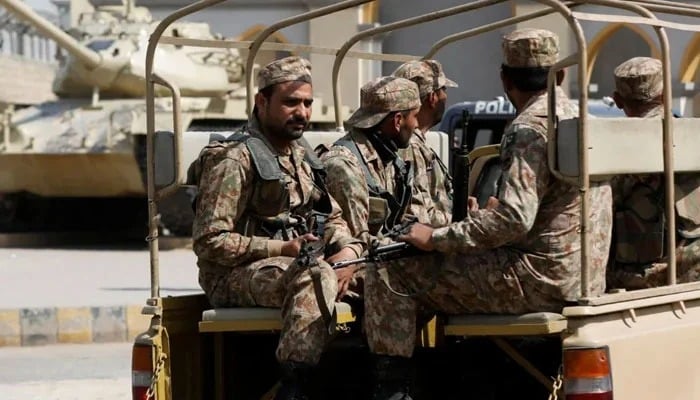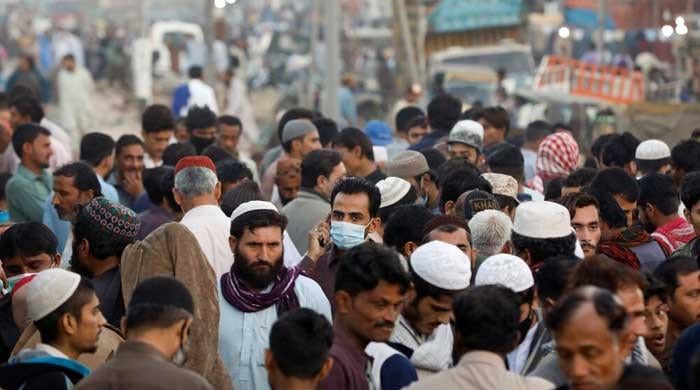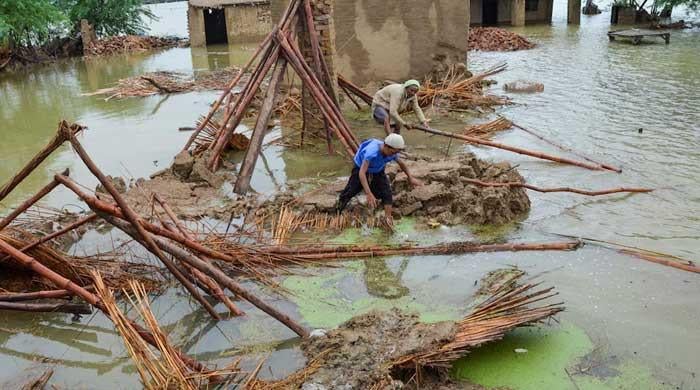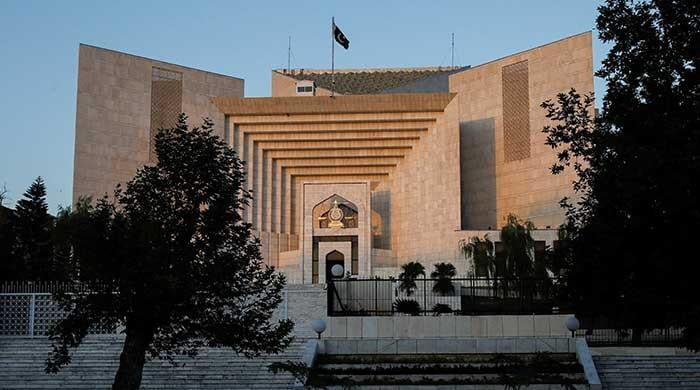Pakistan held the line
For now, the ceasefire is holding. But it is not grounded in trust
May 16, 2025

Once again, global attention turned to Pakistan and India as conflict intensified with speed and severity. India’s military strikes, launched without credible provocation, were met not with disorder but with discipline.
Pakistan’s response was swift, measured, and undeniably effective. It reflected a military posture capable of defending national sovereignty and shaping strategic conditions with restraint and clarity.
This was not a routine exchange of fire. It was a deliberate test – a move by India to project strength, assert regional dominance and generate political capital at home, even if it meant risking wider instability. What followed, however, was not unravelling but resolve. Pakistan held firm on land, in the air, at sea and in the narrative. That composure forced observers to reconsider the false symmetry so often drawn between the two countries.
Pakistan’s military response was precise and tightly controlled. Threats were neutralised without spectacle. The strategic messaging was clear and disciplined. Red lines were enforced, not exaggerated. This was not retaliation for the sake of headlines. It was a statement of principle delivered through action, not provocation.
In the aftermath, a fragile calm has taken hold. A ceasefire was brokered on May 10 following behind-the-scenes diplomatic engagement. Directors General of Military Operations from both countries spoke directly, affirming a shared interest in avoiding further escalation. For now, the ceasefire is holding. But it is not grounded in trust. It is a silence maintained by calculation, not reconciliation.
India justified its operations by citing Pakistani involvement in the attack in Pahalgam. No credible evidence was produced. The decision to strike seemed tailored more for political performance than for military necessity. It was timed to shape headlines, not protect lives. That miscalculation underestimated Pakistan’s readiness and also misread the world’s appetite for unsubstantiated claims.
Prime Minister Modi now says military operations against Pakistan are on pause. Not ended. Not resolved. Just paused. This is not the language of a leader seeking stability. While Pakistan de-escalated and formally acknowledged the ceasefire, India framed its retreat as temporary. Why leave the door open? Why maintain the posture of action if the fighting has stopped? The answer lies in performance. There is no strategic logic to publicly sustaining a wartime stance except to inflame nationalistic sentiment at home.
If this is not detachment from reality, then it is something more dangerous: a calculated effort to keep tensions alive for political gain. And if that is the mindset guiding India’s decisions, then the global community is not dealing with a tactical miscalculation, but with a leadership mindset willing to inflame a nuclear flashpoint for political gain.
Pakistan, in contrast, did not respond with outrage or spectacle. It made no appeals for sympathy. It chose clarity over noise. In doing so, it exposed the imbalance at the heart of the regional discourse that is too often shaped by assumptions rather than facts.
The international response reflected this shift. There was no immediate endorsement of India’s narrative. There was caution. Diplomats worked through channels, not microphones. The US, in particular, played a quiet but essential role in containing the situation. The Trump administration understood the stakes and responded with urgency and clarity.
President Donald Trump’s foreign policy is often defined by negotiation anchored in strength rather than entanglement through indecision. His team’s involvement here reflected that worldview. Just as it helped secure a ceasefire in Ukraine, it acted again to prevent a wider conflict in the subcontinent. Not through speeches but through pressure. Not through ceremony but through execution.
This is what serious leadership looks like. It is not about winning news cycles. It is about preventing consequences that spiral beyond control. President Trump understands what many conventional diplomats forget. Peace does not emerge from platitudes. It is sustained through credibility and force of will. Deterrence only works when the other side believes in the consequences. And peace only lasts when it is grounded in justice, not double standards.
That same principle applies elsewhere. If President Trump is to cement his legacy as a peacemaker, the path must also pass through the Middle East. The most prolonged and unresolved crisis in modern geopolitics still waits for leadership willing to challenge tired orthodoxies. If he brings to that conflict the same strategic clarity shown here, he may succeed where others have failed. That would not just complete his legacy. It would define it.
Back in the region, the message is now unmistakable. Pakistan will not be provoked into reckless retaliation. But it will never surrender the right to defend its people, territory or the truth. The time of one-sided narratives is over. India’s denials and diversions no longer pass unquestioned. The world has now seen the difference between assertion and accountability, between projection and proof.
This moment carries implications that go far beyond this incident. It challenges how global actors approach the Subcontinent. It disrupts the pattern of seeing Pakistan as a problem to be managed rather than a player to be engaged. It demands a more honest, evidence-based approach to future diplomacy.
The military response from Pakistan sent a clear signal. This is not a country seeking conflict. It is a country demanding fairness. It does not need to overstate its case. Its conduct speaks for itself.
There is now an opening to build on this moment. To shift from reaction to strategy. To open space for meaningful dialogue. And when dialogue fails, to respond without losing balance or credibility. Pakistan has shown it can do both. It did not just hold the line. It defined it.
And in doing so, it defended more than territory. It defended its place in the world. This time, the world took notice.
The writer is a non-resident fellow at the CISS. He posts/tweets @umarwrites
Disclaimer: The viewpoints expressed in this piece are the writer's own and don't necessarily reflect Geo.tv's editorial policy.
Originally published in The News












